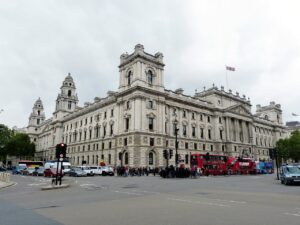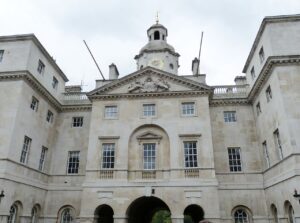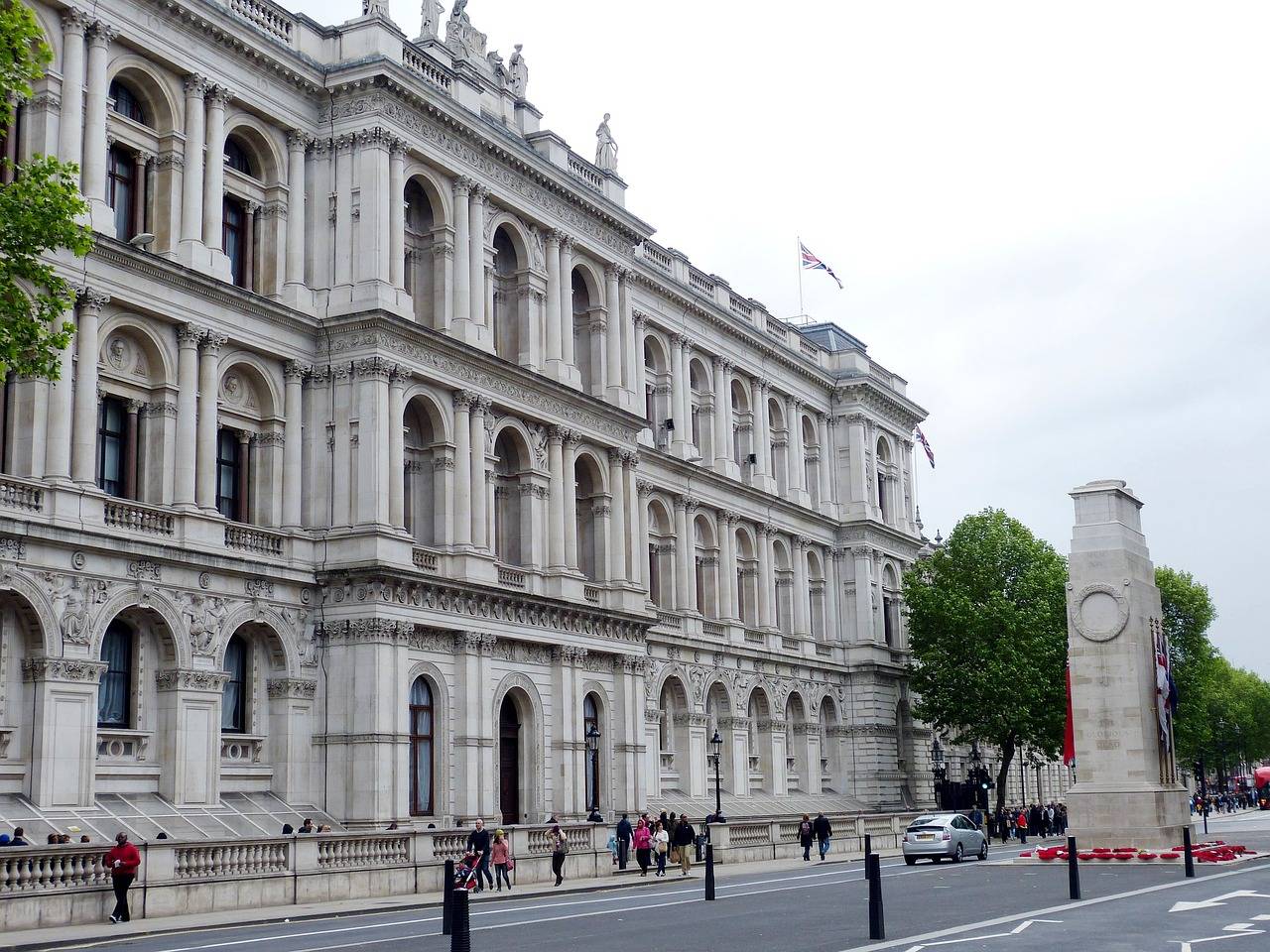“Whitehall at camino building style” is turning into a vital term among engineering lovers, land financial backers, and explorers inspired by rich, immortal plan. This building style combines exemplary components with current impacts, making structures that are tastefully satisfying yet useful. Whether you are hoping to buy property, visit the region, or simply value fine design, Whitehall at Camino offers an interesting mix of legacy, complexity, and development.
In this article, we jump profound into the structure style, highlights, materials, and plan reasoning behind Whitehall at Camino. We’ll likewise investigate instances of where this engineering pattern is being utilized, how it thinks about to different styles, and ways to integrate it into your own space.
1. What is the Whitehall at Camino Building Style?
Whitehall at Camino is a combination of exemplary European tastefulness with current, moderate plan standards. The name “Whitehall” brings out a feeling of legacy and refinement, frequently alluding to masterful homes or government structures. “Camino,” signifying “way” or “street” in Spanish, recommends open spaces and network — two central attributes of the style.
The outcome is a building plan that consolidates customary style (curved windows, impartial ranges, and sections) with contemporary formats and wraps up. This style mirrors a mix of Mediterranean, Frontier, and momentary compositional components, making it versatile for private, business, and public spaces whitehall at camino building style.

2. Key Elements of Whitehall at Camino Engineering
The Whitehall at Camino building style is portrayed by a few unmistakable engineering and inside plan components. Here are the key highlights that characterize this style:
3. Curved Entryways and Windows
Curves are a conspicuous component in Whitehall at Camino plans. Whether utilized for entrances, windows, or inside changes, curves add style and a feeling of greatness.
Material: Frequently made with wood, stone, or created iron accents.
Impact: These curves make delicate bends that differentiation with clean lines in present day components.
4. Nonpartisan Variety Range
White and delicate unbiased tones overwhelm the variety range, making quiet, breezy spaces that vibe both inviting and modern.
Famous Tones: Cream, ivory, pale dim, and delicate beige.
Complements: Light wood completions and metallic contacts are utilized to add warmth.
5. Regular Materials and Surfaces
With regards to Mediterranean and temporary plan standards, regular materials like limestone, plaster, marble, and wood are fundamental. These materials give realness and surface to the insides and veneers.
Floors: Stone or hardwood flooring, in some cases layered with region mats for solace.
Walls: Plaster walls are normal for their sturdiness and rural appeal.
6. Open Formats with Streaming Spaces
The style stresses open floor plans, making consistent advances between living regions, lounge areas, and outside spaces. This format supports regular light stream and a sensation of connectedness.
Outside Spaces: Yards, porches, and overhangs are frequently incorporated into the plan.
Usefulness: Sliding glass entryways and open living regions improve indoor-outside living.
7. Work of art and Current Components Joined
Whitehall at Camino structures frequently mix conventional engineering components (like sections, curves, and embellishment) with current completions (like moderate lighting and smooth furnishings). This mix brings about an immortal yet contemporary look.
8. Authentic Impact and Development of Whitehall at Camino Style
The Whitehall at Camino style draws motivation from a blend of design customs:
Mediterranean Design: The impact of Mediterranean manors is noticeable in the utilization of angled windows, plaster walls, and tiled rooftops.
Provincial and Spanish Engineering: Yards and overhangs mirror a Spanish-Frontier impact, adding a component of appeal and open air living.
Current Momentary Plan: Clean lines, negligible ornamentation, and open spaces are acquired from present day plan standards to suit contemporary ways of life.
This development from conventional European styles to current designs has brought about an exceptionally versatile compositional style appropriate for warm environments and metropolitan turns of events whitehall at camino building style.
9. Instances of Whitehall at Camino-Enlivened Structures
9.1 Private Homes
Extravagance homes worked in the Whitehall at Camino style are known for their open floor plans, breezy insides, and meticulousness. Many component private yards, curved entrances, and tiled rooftops, making a quiet, rich climate.
Model: A cutting edge manor with white plaster walls, limestone floors, and an open patio for engaging visitors.
9.2 Inns and Resorts
This style is frequently utilized for top of the line inns and resorts since it consolidates tastefulness with solace. The unbiased tones and utilization of regular materials make it ideal for excursion settings, giving both unwinding and complexity.
Model: An ocean front retreat with curved galleries ignoring the sea, utilizing light wood furniture and impartial hued insides.
9.3 Business Spaces
Whitehall at Camino components are likewise becoming well known in office spaces and public structures. The blend of current designs and exemplary contacts gives a climate that is both expert and welcoming.
Model: A corporate office with curved glass windows, an open floor plan, and a housetop garden.
9.4 Materials and Development Procedures in Whitehall at Camino Engineering
This style accentuates excellent materials that reflect both customary craftsmanship and current development. The following are a few normal materials utilized:
Plaster and Limestone: Utilized for outside walls to give a rural yet rich look.
Earthenware or Dirt Rooftop Tiles: These proposition both tasteful allure and strength.
Created Iron Subtleties: Regularly utilized for doors, overhangs, and enriching components.
Normal Wood Bars: Uncovered radiates add warmth to roofs and add to the engineering character.
The development methods center around strength and maintainability, with numerous planners picking eco-accommodating materials and energy-effective plans whitehall at camino building style.
10. The most effective method to Integrate Whitehall at Camino
10.1 Components into Your Space
Need to integrate it into your home or office, the following are a couple of tips:
10.2 Beginning with an Unbiased Range
Use whites, creams, and light grays for walls and furniture to make a breezy, quieting climate.
10.3 Add Angled Elements
Consider adding curved windows, entryways, or inside changes to get the mark appeal of the style.
10.4 Utilize Normal Materials
Consolidate stone, wood, and plaster in your floors, walls, and furniture to imitate the normal, finished feel of the style.
10.5 Hug Indoor-Open air Living
Open up your living space with enormous windows, sliding glass entryways, or an overhang that interfaces your indoor space to the outside.
10.6 Incorporate Unpretentious Stylistic layout Components
Stick to moderate furnishings however add dashes of warmth with normal textures, carpets, and metallic accents.

11. End
The whitehall at camino building style offers an immortal yet versatile plan that requests to present day sensibilities. With its mix of conventional engineering components and contemporary designs, it takes special care of those looking for solace, class, and usefulness. Whether utilized in homes, resorts, or workplaces, the style gives both magnificence and reasonableness.
For anyone with any interest at all in engineering, inside plan, or land, the Whitehall at Camino style merits investigating. Its unbiased tones, curved highlights, and normal materials go with it a flexible decision for making spaces that are both quiet and complex.
FAQs: Whitehall at Camino Building Style – Exploring the Architectural Design
1. What is the architectural style of the Whitehall at Camino?
The Whitehall at Camino features a blend of classic and contemporary architectural elements. It combines traditional materials like stone and brick with modern design features such as large windows, open spaces, and sleek lines, creating a timeless yet forward-looking aesthetic.
2. Who was the architect behind the Whitehall at Camino design?
The Whitehall at Camino was designed by renowned architect [insert architect’s name if known]. Their vision was to merge the rich architectural heritage of the region with innovative design trends, resulting in a structure that stands out while complementing its surroundings.
3. What makes the Whitehall at Camino unique in terms of its architecture?
One unique aspect of the Whitehall at Camino is its seamless integration of indoor and outdoor spaces. The building features expansive glass facades and terraces that offer stunning views, blurring the lines between the natural landscape and the interior design. Its use of sustainable materials also sets it apart as a model of eco-conscious architecture.
